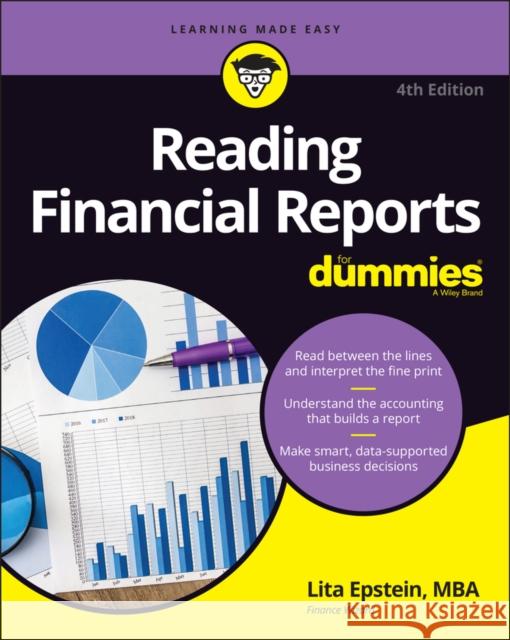Reading Financial Reports For Dummies » książka
topmenu
Reading Financial Reports For Dummies
ISBN-13: 9781119871361 / Angielski / Miękka / 2022 / 384 str.
Kategorie:
Kategorie BISAC:
Wydawca:
John Wiley & Sons Inc
Język:
Angielski
ISBN-13:
9781119871361
Rok wydania:
2022
Ilość stron:
384
Waga:
0.50 kg
Wymiary:
22.35 x 18.29 x 2.79
Oprawa:
Miękka
Wolumenów:
01
Dodatkowe informacje:
Glosariusz/słownik
Wydanie ilustrowane
Wydanie ilustrowane











